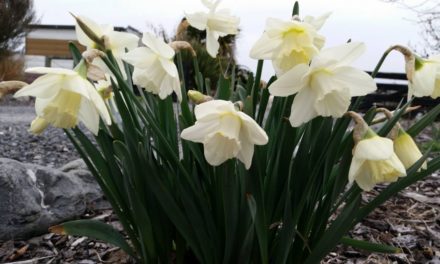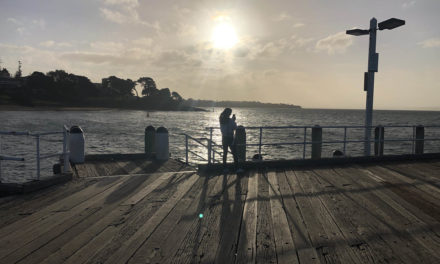Book Review
Anxiety (2020) by Dr Mark Cross
Sydney: ABC Books, Harper Collins
Mark Cross presents a comprehensive and user-friendly study of anxiety. He identifies anxiety as the most common mental health problem in Australia, affecting 1 in 4 of the population. Anxiety is recognised as a global problem for rich and poor, for old and young, a national and personal crisis. The DSM (Diagnostic and Statistical Manual of Mental Disorders) ) identified anxiety as ‘Generalized Anxiety Disorder’, linked to PTSD (Post Traumatic Stress Disorder), SAD (Social Anxiety Disorder), panic attacks, OCD (Obsessive Compulsive Disorder), hoarding, and various phobias. The word ‘anxiety’ comes from the Latin word anxietās, meaning distress, and is linked with the Greek word ánkhō, meaning ‘to choke’. Anxiety is expressed in many physical symptoms – racing heart, tight chest, nausea, headaches, panic, obsessive thoughts, and anger. Anxiety is usually associated with personality disorder, low self-esteem, and relationship difficulties.
The causes of anxiety are connected to the external stress of trauma, seen in adverse childhood experiences of abuse and neglect, poverty, discrimination, loneliness, and physical threat. Anxiety can be seen in refugees and those who have lived in war zones. Initial anxiety can escalate as external stressors act to ‘switch on’ various distress genes. These can pass on to future generations. Anxiety can be measured in brain structure abnormalities, biochemical imbalance, hormonal fluctuations and low levels of minerals and vitamins.
Anxiety can be identified in various developmental stages of life:
- Childhood – anxiety is seen in agitation, shyness, fear of separation and death.
- Adolescents – anxiety is seen in competitiveness, bullying, heightened awareness of world events , family stress, gender, and sexuality issues.
- Mid-life – Concern with body shape, employment, sleep, and mood swings can trigger anxiety.
- Later life – Having a sense of meaning and connection are vital in moderating anxiety. These qualities lead to the contrasting attitudes between wisdom and despair when facing mortality. (Men over 85 years are shown to have the highest rate of suicide).
Treatment
The medical/pharmacological model is explored by Cross, showing the historical evolution of diagnosis and treatment. Research constantly finds new drugs, with less side effects, which act to change brain function. The range of tranquilizer and antidepressant drugs are broad and complex and can only be prescribed by a medically trained psychiatrist.
Talk therapy – Psychoanalytic psychotherapy was originally based in the work of Freud and Jung. There are now more than 150 forms of psychotherapy. Some therapies have a focus on body awareness , some on behavioural learning (CBT) some on values and goals (ACT) some on philosophical thinking (Existential). All therapy models emphasise the importance of the ‘therapeutic alliance’, the deep relationship between patient and therapist
Lifestyle changes. Ongoing research is identifying the value of many lifestyle factors that can reduce anxiety, such as, meditation, mindfulness, diet, gut health, exercise, rest, and social connection.
The conclusion of this book considers the impact of work and ‘burn out’. More practical matters are also discussed related to accessing help through the mental health services.
The sub-title to ‘Anxiety’ by Mark Cross is ‘Expert advice from a neurotic shrink who’s lived with it all of his life’. This suggests the book is more than an academic study or medical investigation. It is a candid book of courage and honesty, as Mark shares his vulnerability and struggles. He has a compassionate connection with his reader, offering encouragement through his emotional engagement. His lived experience adds another dimension to his words. I would recommend this book as an important resource for those in the helping professions.
I particularly appreciated Mark’s emphasis on connection. For me the spiritual sense of connection is central, it is a ‘habit of the mind’. Connection is a broad term relating to our relationships with other people, the beauty of the environment, and a sense of the divine with us. Daily routines of thankfulness, prayer, hope and love can become protective factors in the struggle with anxiety. These routines start early in life and are influenced by those caring for children and their education.
Vivienne Mountain PHD
Professional Supervisor /Clinical Counsellor





